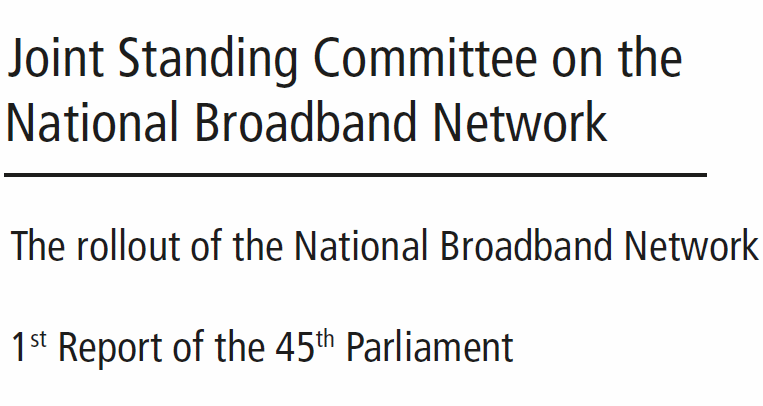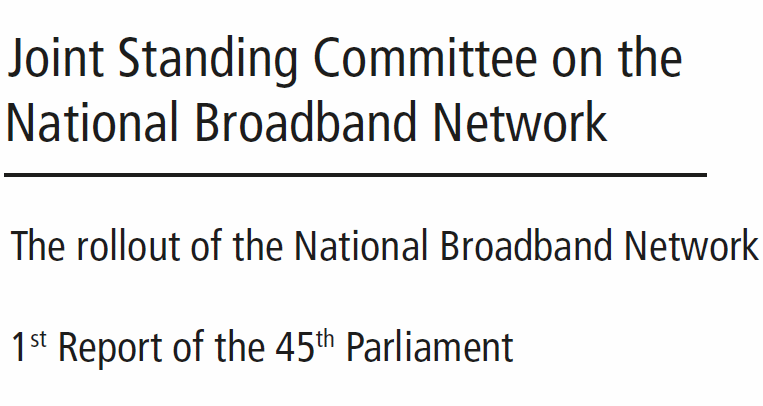A lengthy report from the Joint Standing Committee on the National Broadband Network regarding the NBN rollout was recently released.
Among its recommendations, the Committee says the Government should direct NBN Co. to finish what remains of fixed line network work using FTTC (Fibre To The Curb) or FTTP (Fibre To The Premise).

As many have also forewarned, the Committee believes much of the FTTN (Fibre To The Node) work already done will likely require substantial upgrading in the short term.
"...nbn has made it clear this will be more costly than delivering a future-proofed technology (FTTC or FTTP) in the rollout phase."
The decision to deliver the NBN through a multi-technology mix, including FTTN, resulted from a change in policy implemented by the Coalition government in 2013. Previously, the NBN was being rolled out as a fixed line network using FTTP.
"Please Explain"
The committee has also recommended the Government demand NBN Co. reveal areas currently earmarked for satellite connection that were previously designated to receive the NBN by FTTN or fixed wireless, and explain why the change has occurred.
The nation is still lagging behind many other countries in terms of broadband speed. Earlier this year we reported other countries ahead of Australia for average connection speed during the first quarter of this year included Thailand, Latvia, Romania and the Czech Republic.
The appetite of Australians for data is also rapidly increasing. Last week, we mentioned recently published stats from the Australian Bureau of Statistics indicating a 42.8% increase in data downloads in the year between June 2016 and June 2017.
"All the evidence strongly suggests that speed and data requirements of Australian households and business will continue to grow rapidly," says the Committee, also stating Australia will not be provided with a " fast, affordable, ubiquitous, and fair" broadband network.
The Committee has also recommended the Government arrange for an independent audit and assessment of the long-term assumptions of NBN Co's financial projections as based on in its Corporate Plan 2018-21.
In total, 23 recommendations are detailed in the 210 page document. The Joint Standing Committee on the National Broadband Network's first report can be downloaded here (PDF).
In developing the report, the Committee received 191 submissions to its inquiry from a range of individuals and organisations, plus held 15 public hearings.



